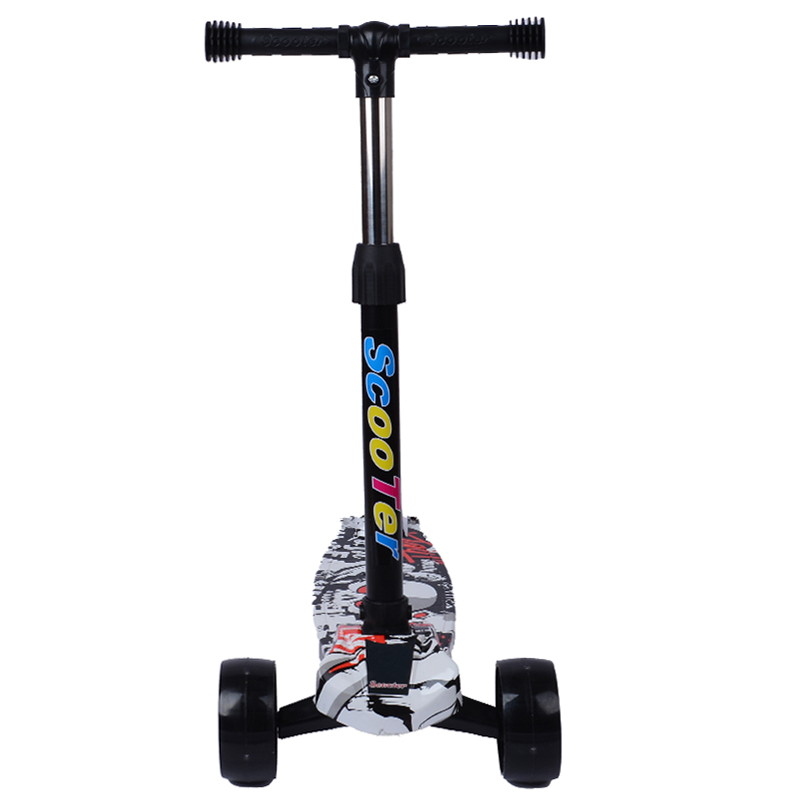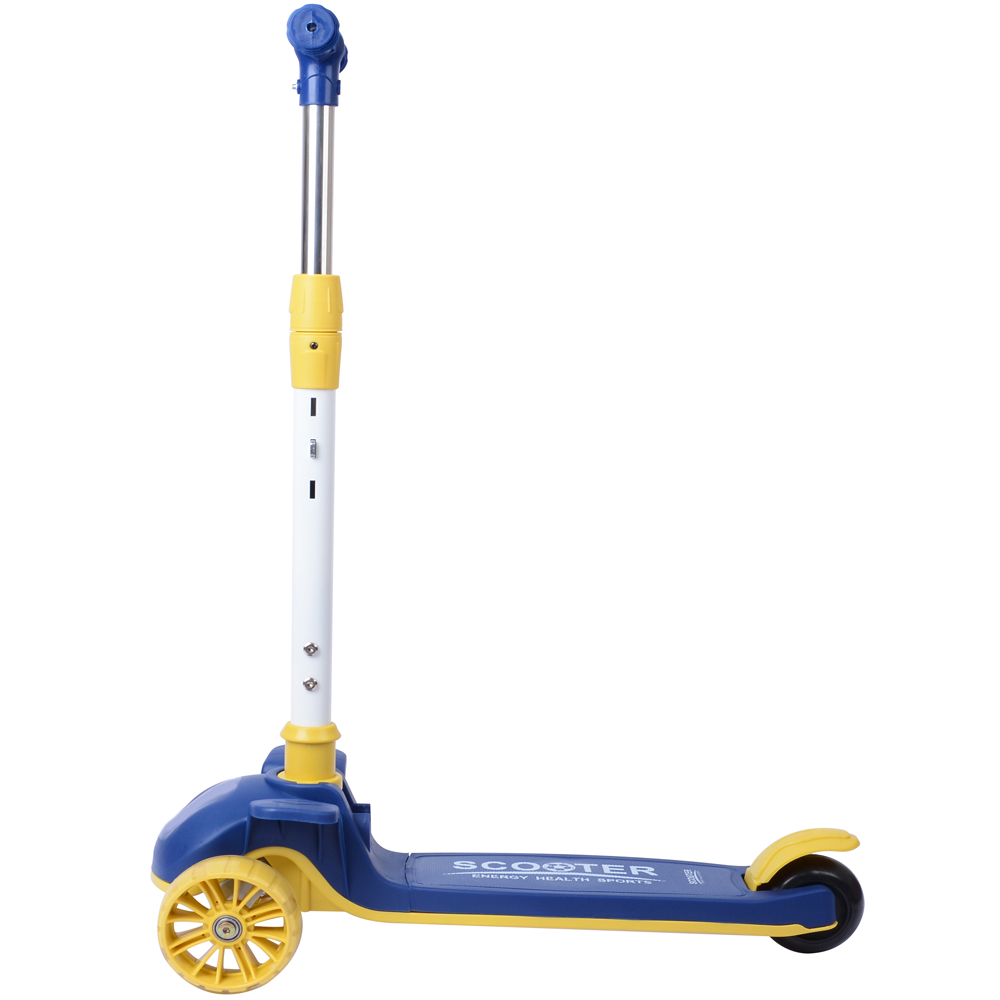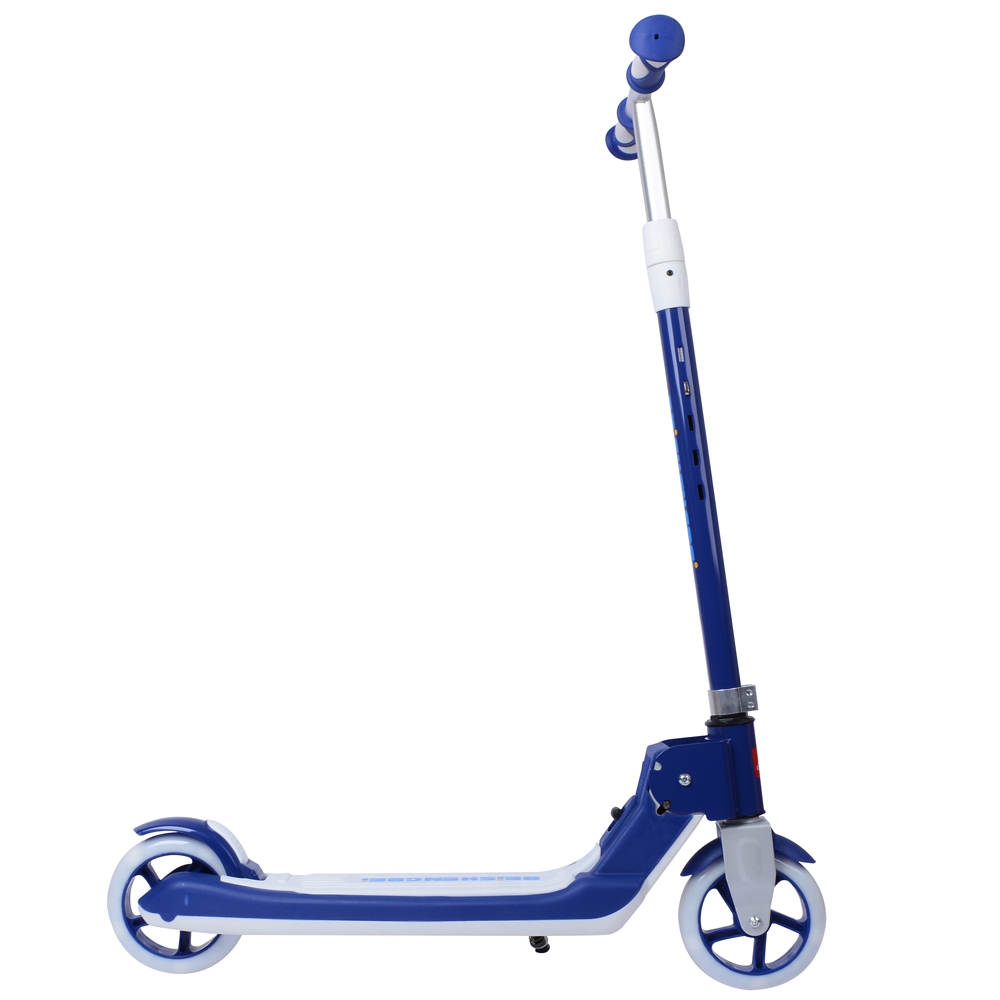The Rise of Scooter Culture Embracing the Age of Scooters
In recent years, the world has witnessed a remarkable transformation in urban transportation. Among various modes of travel, scooters have surged in popularity, boasting an age characterized by convenience, sustainability, and innovation. This phenomenon, dubbed the scooter age, is not merely a trend but a cultural shift that reflects the changing dynamics of city living and personal mobility.
Historically Speaking The Evolution of Scooters
The history of scooters dates back to the early 19th century when they were primarily wooden boards with wheels. These early models were simple in design and function, often used by children for play. However, the modern resurgence of scooters began in the late 20th century with the introduction of the kick scooter. The iconic Razor scooter, released in 2000, quickly became a sensation among youth, making its way into skate parks and suburban streets.
As cities evolved and faced challenges like congestion and environmental concerns, the scooter's potential as a serious mode of transportation began to be recognized. Today’s scooters come in various forms, including electric scooters (e-scooters), which have revolutionized short-distance travel with their eco-friendly appeal and ease of use.
The Charm of Urban Mobility
One of the defining features of the scooter age is its appeal to urban dwellers. Cities are increasingly dense, bustling with people who require efficient and flexible transportation solutions. Scooters offer just that. They can effortlessly navigate through traffic, parking is a non-issue, and their small size allows riders to weave through crowded spaces.
E-scooter sharing programs have sprung up in cities worldwide, with companies like Bird, Lime, and Spin providing an accessible option for those who need quick, on-demand transportation. Users can simply unlock a scooter via a mobile app, ride to their destination, and leave it for the next person. This model encourages shared mobility and reduces reliance on personal vehicles, ultimately addressing urban congestion and reducing carbon footprints.
Environmental Impact and Sustainability
The scooter age is not just about convenience—it also promotes sustainability. As society grows increasingly aware of climate change, the need for greener transportation options has become paramount. Scooters, particularly electric models, emit no direct emissions and are often charged using renewable energy sources.
scooter age 3

Furthermore, using scooters for short trips can significantly decrease our reliance on gasoline-powered vehicles. The impact is significant; studies indicate that replacing car trips with scooter rides can effectively reduce urban air pollution and contribute to a healthier environment. As cities strive to lower their carbon emissions, embracing scooters aligns perfectly with these environmental goals.
Community and Connectivity
Beyond transportation, scooters influence urban culture and community engagement. Riding a scooter can be an exhilarating experience, promoting a sense of freedom and fun often absent in traditional commuting methods. They encourage exploration, helping riders discover parts of their cities they might not have seen otherwise.
Scooter riding can also foster a sense of community. Shared scooter programs create opportunities for social interaction; people often strike up conversations while waiting for their rides or discuss their favorite spots to visit. This interaction builds a sense of belonging within urban spaces, making cities more vibrant and interconnected.
Challenges in the Scooter Age
Despite the many benefits scooters offer, challenges remain. Issues such as parking, pedestrian safety, and reckless riding behavior have sparked debates in various communities. Some cities have struggled to regulate scooter use effectively, leading to sidewalk clutter and safety concerns.
City planners and scooter companies must work collaboratively to create guidelines that ensure safety for all road users. Implementing dedicated scooter lanes and establishing clear parking areas can significantly mitigate these challenges, allowing for a harmonious coexistence of scooters with pedestrians and other vehicles.
Conclusion The Future of the Scooter Age
As we move deeper into the scooter age, the landscape of urban mobility continues to evolve. The embrace of scooters reflects broader trends toward sustainability and innovative transportation solutions. With their numerous advantages and the potential to reshape how we navigate cities, scooters are not just a fleeting trend; they represent a fundamental shift in our approach to commuting.
In summary, the scooter age is a celebration of progress—one that celebrates community, connectivity, and conscious living. As cities grow and change, so too will our methods of travel, with scooters leading the charge toward a more sustainable and vibrant urban future.
-

 Scoot&RideKids Child Kick Push Scooter 3 Wheels with LED Flashing Tilt Lean Boys Girls Scooter
Scoot&RideKids Child Kick Push Scooter 3 Wheels with LED Flashing Tilt Lean Boys Girls Scooter




- 4
$33.17 -

 Scoot&RideKids Scooter Child Kick Flashing LED Light Up 3 Wheel Push Adjustable Folding 3
Scoot&RideKids Scooter Child Kick Flashing LED Light Up 3 Wheel Push Adjustable Folding 3- 0
$25.52 -

 Scoot&RideKids Scooter Child Kick Flashing LED Light Up 3 Wheel Push Adjustable Folding 2
Scoot&RideKids Scooter Child Kick Flashing LED Light Up 3 Wheel Push Adjustable Folding 2- 0
$33.17 -

 Scoot&RideKids Scooter Teens Foldable Kick Push Scooter Adjustable Height Safe 2 Wheels
Scoot&RideKids Scooter Teens Foldable Kick Push Scooter Adjustable Height Safe 2 Wheels




- 4
$49.99
Meet our partners and discover what powers their creativity!
When you register for a Lohas scooter, you will receive a 10% discount on your first order and can be notified of sales, new product launches and other offers in advance.









